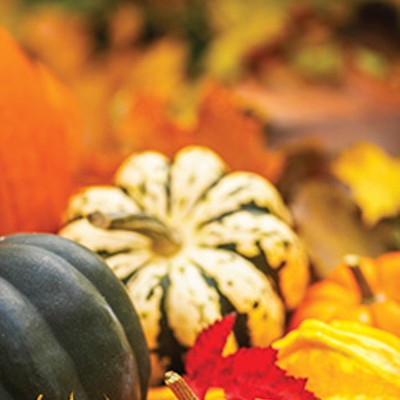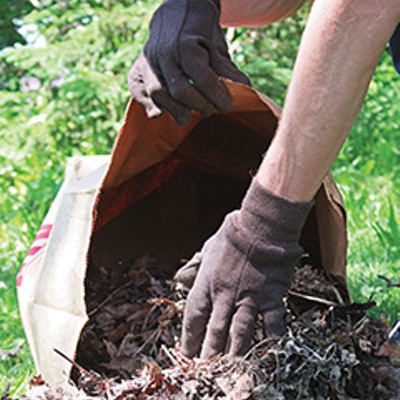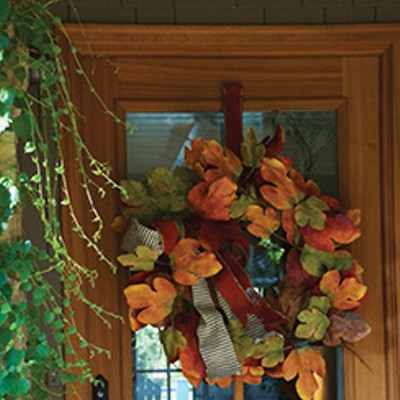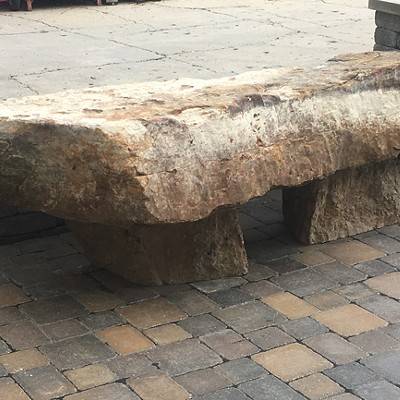Late-blooming beauties
[
{
"name": "Air - MedRect Combo - Inline Content 1",
"component": "11490391",
"insertPoint": "3",
"requiredCountToDisplay": "1",
"parentWrapperClass": "fdn-ads-inline-content-block"
},{
"name": "Air - MedRect Combo - Inline Content 2",
"component": "11490392",
"insertPoint": "7",
"requiredCountToDisplay": "5",
"parentWrapperClass": "fdn-ads-inline-content-block"
},{
"name": "Air - MedRect Combo - Inline Content 3",
"component": "11490393",
"insertPoint": "12",
"requiredCountToDisplay": "9",
"parentWrapperClass": "fdn-ads-inline-content-block"
}
]
Just as most flowers are frying or fading, late-blooming perennials take off and steal the show. Here are a few late-blooming beauties to create a fantastic fall flower garden.
Fall anemones, which include an array of species (Anemone hupehensis, A. x hybrida, A. tomentosa, and A. vitifolia) are reliable late bloomers. Some start blooming in July and continue to bloom into November. Fall anemones prefer moist well-drained soils in a garden shaded from late-afternoon. They can take full sun if given plenty of moisture.
Anemones have dark green leaves with two- to three-inch in diameter flowers held high on delicate wiry stems. Colors range from pure white to pink or purple. Flowers may be single to semi-double or double-petaled. The cultivar Margarete has semi-double flowers of striking pink with yellow centers. At three feet tall, it’s an amiable choice for backgrounds.
The 150-year-old cultivar Honorine Jobert has white single-petaled flowers offering a stunning contrast to the dark green leaves. September Charm has single rose-pink flowers. Robustissima, with mauve-pink flowers, can be too robust in a shady garden. It’s best in full sun where it’s not so vigorous.
Max Vogel and Serenade anemones possess similar pink flowers with yellow, globe-like centers. Both selections have bloom periods of more than two months. Their vigorous growth and strong stalks make them less susceptible to flopping. Max Vogel is about three to four feet tall with an upright, clumped habit. Serenade, at 24 inches tall, could be a good choice as a ground cover.
Asters come in a wide range of colors from white to varying shades of blue, pink, and purple in sizes from two to four feet tall, so do your homework to find the one with your desired characteristics. New England aster is the quintessential late bloomer. Late summer into fall it shows off its myriad of pink to purple flowers, often adorned with butterflies sipping nectar shoulder-to-shoulder as they enjoy each daisy-type flower.
Many asters are native to North America. Most asters prefer full sun and may need a good pinch or shearing of the stems in June to keep plants from getting too lanky. Purple Dome aster has a particularly tidy rounded habit with deep purple flowers.
A few lesser known asters include Heath aster and Calico aster. Heath aster (Aster ericoides) has numerous tiny white, pink or blue flowers similar to baby’s breath on three-foot-tall plants.
The Calico aster (Aster lateriflorus var. horizontalis) is almost a shrub. The small white flowers with red centers are borne on many horizontal stems for a stunning midnight show.
The deep yellow flowers of Goldenrods are a sure sign of late summer. One of my favorites is Fireworks (Solidago rugose). As its name implies, the plant erupts into fireworks with tiny sunny yellow flowers on wiry arching stems. It has a shrub-like appearance with its sturdy stems and tight crown.
Many sedums show off in late summer when butterflies appreciate the buffet of pink flowers. Autumn Joy sedum is still a good choice even though it is as common as a porch light. As with many of the late-blooming sedums, Autumn Joy is a very useable height at 12 to 24 inches. Matrona and Maestro are also great cultivars. From early spring to late winter, sedums have an appealing aspect, in bloom or not.
Sandra Mason is a University of Illinois Extension horticulture educator. Contact her at 217-333-7672 or [email protected].
Fall anemones, which include an array of species (Anemone hupehensis, A. x hybrida, A. tomentosa, and A. vitifolia) are reliable late bloomers. Some start blooming in July and continue to bloom into November. Fall anemones prefer moist well-drained soils in a garden shaded from late-afternoon. They can take full sun if given plenty of moisture.
Anemones have dark green leaves with two- to three-inch in diameter flowers held high on delicate wiry stems. Colors range from pure white to pink or purple. Flowers may be single to semi-double or double-petaled. The cultivar Margarete has semi-double flowers of striking pink with yellow centers. At three feet tall, it’s an amiable choice for backgrounds.
The 150-year-old cultivar Honorine Jobert has white single-petaled flowers offering a stunning contrast to the dark green leaves. September Charm has single rose-pink flowers. Robustissima, with mauve-pink flowers, can be too robust in a shady garden. It’s best in full sun where it’s not so vigorous.
Max Vogel and Serenade anemones possess similar pink flowers with yellow, globe-like centers. Both selections have bloom periods of more than two months. Their vigorous growth and strong stalks make them less susceptible to flopping. Max Vogel is about three to four feet tall with an upright, clumped habit. Serenade, at 24 inches tall, could be a good choice as a ground cover.
Asters come in a wide range of colors from white to varying shades of blue, pink, and purple in sizes from two to four feet tall, so do your homework to find the one with your desired characteristics. New England aster is the quintessential late bloomer. Late summer into fall it shows off its myriad of pink to purple flowers, often adorned with butterflies sipping nectar shoulder-to-shoulder as they enjoy each daisy-type flower.
Many asters are native to North America. Most asters prefer full sun and may need a good pinch or shearing of the stems in June to keep plants from getting too lanky. Purple Dome aster has a particularly tidy rounded habit with deep purple flowers.
A few lesser known asters include Heath aster and Calico aster. Heath aster (Aster ericoides) has numerous tiny white, pink or blue flowers similar to baby’s breath on three-foot-tall plants.
The Calico aster (Aster lateriflorus var. horizontalis) is almost a shrub. The small white flowers with red centers are borne on many horizontal stems for a stunning midnight show.
The deep yellow flowers of Goldenrods are a sure sign of late summer. One of my favorites is Fireworks (Solidago rugose). As its name implies, the plant erupts into fireworks with tiny sunny yellow flowers on wiry arching stems. It has a shrub-like appearance with its sturdy stems and tight crown.
Many sedums show off in late summer when butterflies appreciate the buffet of pink flowers. Autumn Joy sedum is still a good choice even though it is as common as a porch light. As with many of the late-blooming sedums, Autumn Joy is a very useable height at 12 to 24 inches. Matrona and Maestro are also great cultivars. From early spring to late winter, sedums have an appealing aspect, in bloom or not.
Sandra Mason is a University of Illinois Extension horticulture educator. Contact her at 217-333-7672 or [email protected].
Illinois Times has provided readers with independent journalism for almost 50 years, from news and politics to arts and culture.
Your support will help cover the costs of editorial content published each week. Without local news organizations, we would be less informed about the issues that affect our community..
Got something to say?
Send a letter to the editor and we'll publish your feedback in print!
























